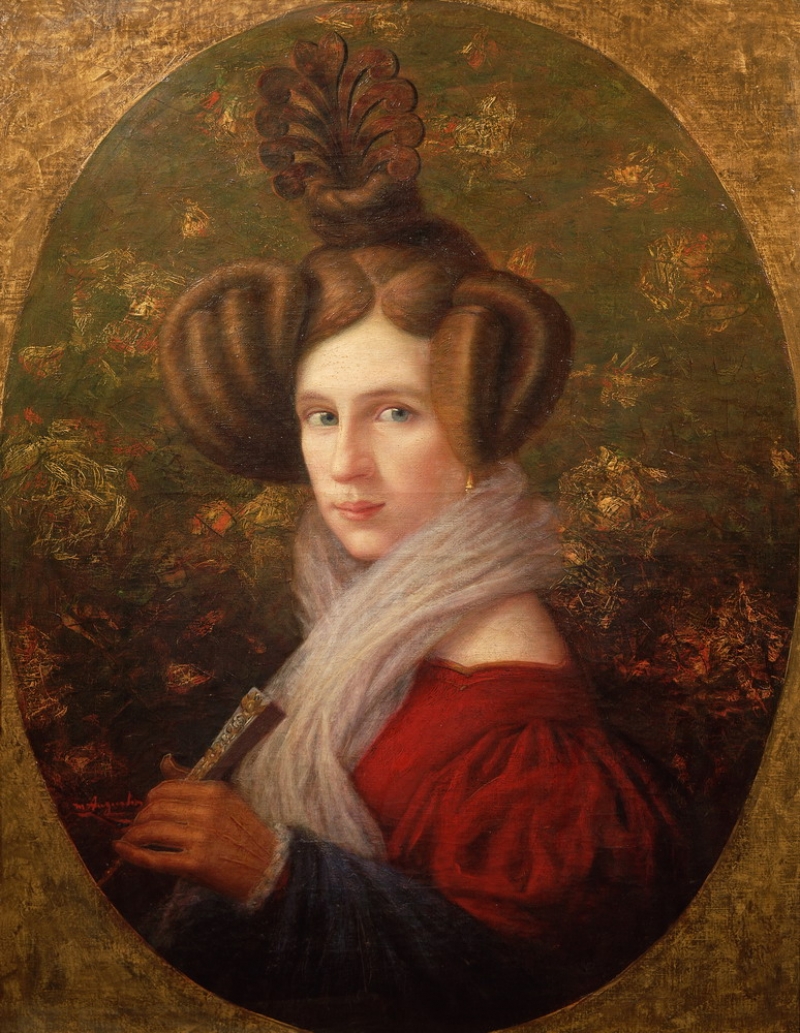This month Clef
Notes is taking a look at composer love stories. Benjamin Britten’s life and
work was greatly affected by his own love story. Britten met tenor Peter Pears
in 1936 and they ended up living together until his death in 1976. Pears
inspired much of Britten’s operatic roles and song cycles and the two
collaborated regularly in performance.
Britten and Pears
carried on a homosexual relationship during a time in history when this was
looked down upon by society. This perhaps explains thematic undertones of his
famous opera Peter Grimes, during
which a fisherman is driven to suicide by the community around him. This opera
became the first major English opera since the days of Henry Purcell.
Homosexuality is
another theme found in some of Britten’s work. One such example is his opera Death in Venice, based on the work by
Thomas Mann. The plot revolves around a writer who becomes infatuated with a
young boy. Britten perhaps felt a certain connection to Mann’s work, as he also
experienced attraction to the innocence of youth. Death in Venice was his last opera. Pears performed the leading
role, however Britten was unable to attend the premiere due to the illness that
would eventually take his life.








.jpg)
